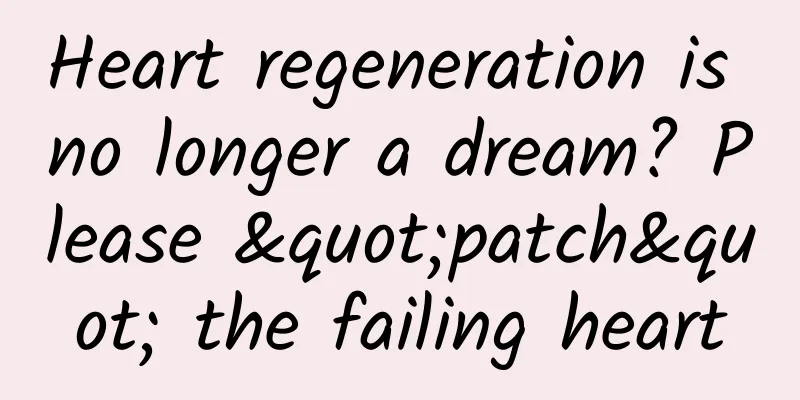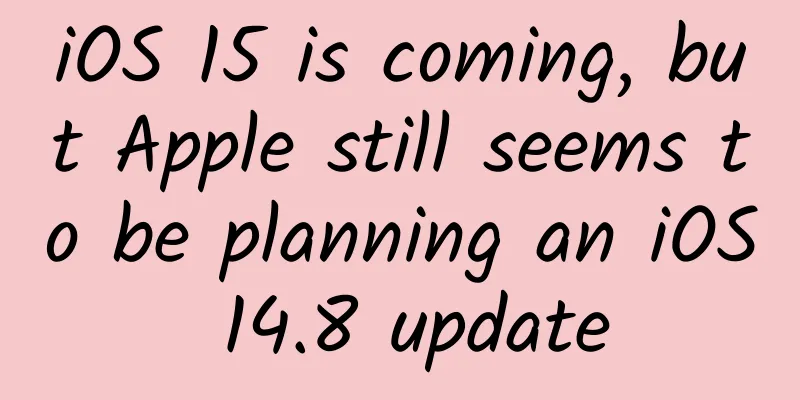What is the difference between one, two, and three antennas on a wireless router?

|
First of all, there is a misunderstanding: the more antennas, the greater the coverage, and the more antennas, the stronger the signal. MIMO (Multiple Input Multiple Output), or the technology of multiple antennas, is only available after the 802.11n protocol. The previous 802.11a/b/g did not have it. That is to say, first of all, the old generation of routers (before 802.11n) will never have more than one antenna. If you buy a latest 3-antenna router that supports 802.11ac (the latest protocol), if your device is an old product, such as the iPhone 3 that only supports 802.11a/b/g, then unfortunately, multiple antennas are meaningless to you. If you insist on transmitting multiple antennas at the same time, it will not have a good effect. Why do you say that? First of all, the environment for Wi-Fi application is indoors. The 802.11 series protocols we commonly use are also established for this condition. That is, due to many buildings or obstacles, there is almost no direct signal between the transmitter and the receiver. We call this multipath transmission. Since it is multipath, the transmission distance is long or short, some may be reflected from the table, and some may pass through the wall. Therefore, these signals carrying the same information but with different phases are gathered together at the receiver. We know that modern communication uses packet switching and transmits codes (symbols). Due to the different delays mentioned above, intersymbol interference (ISI) is caused. In order to avoid ISI, the communication bandwidth must be less than the reciprocal of the tolerable delay. For 802.11a/b/g 20MHz bandwidth, the maximum delay is 50ns, and the transmission radius without ISI under multipath conditions is 15m. In the IEEE802.11 protocol, we can see that its maximum range is 35m. This is because there are various means such as error retransmission in the protocol to ensure communication. It does not mean that a little ISI will not work at all. In other words, the transmission range of the router is actually determined by the protocol. For 802.11a, b, and g, there is no point in adding more antennas. Assuming that these antennas can work at the same time, it will make the multipath effect worse. MIMO: In the Wikipedia link (IEEE802.11) we can see that starting from 802.11n, data has been greatly improved. First of all, 802.11n has a 40MHz mode. According to previous theories, its transmission range should be reduced by half, but the data has doubled (70m). Why? This is mainly due to multi-antenna technology. All the methods we discussed just now are to combat the harsh multipath environment, but does multipath have a good side? In fact, multi-antenna technology is also based on multipath, which we call spatial diversity. There are many technical means for the application of multi-antennas. Here are two of them: beamforming and space-time block code (mainly Alamouti's code). The advantage of these two technologies is that they do not require multiple receiving antennas. Especially Alamouti code, which does not even use channel information, only uses mathematical operations to achieve a 3dB gain with two antennas. All teachers are full of praise for this! The advantage of not needing multiple receiving antennas is that not all devices can be equipped with multiple antennas. In order to avoid sidelobe radiation and satisfy the sampling theorem in space, the physical antenna spacing is generally taken as one-half wavelength of the transmitted signal. Whether it is a GSM signal of 1.8GHz, 1.9GHz or a Wi-Fi signal of 2.4GHz, we temporarily take 2GHz for ease of calculation, and the half wavelength is 7.5cm. So the distance between the antennas on the routers we see is mostly like this. For this reason, it is difficult for us to install multiple antennas on mobile phones (don’t mention Samsung’s 7-inch mobile phone, thank you). 1. Beamforming: A directional beam is generated by multiple antennas to concentrate energy in the direction of transmission, increase signal quality, and reduce interference with other users. We can simply and generally understand the directivity of the antenna in this way: assuming that the power of an omnidirectional antenna is 1, the power of a directional antenna with a range of only 180 degrees can reach 2. So we can use 4 90-degree antennas to theoretically increase the power by 4 times. Another mode of beamforming is to determine the orientation of the receiver through channel estimation, and then transmit directionally to that point to increase the transmission power. (Similar to a focused flashlight, the smaller the range, the brighter the light). However, I am not sure in which protocol this mode is applied. 2. Space-Time Block Code (STBC) is to send different information at different times on multiple antennas to improve data reliability. Alamouti code is the simplest type of space-time block code. In order to transmit the two codes d1d2, d1,-d2* and d2,d1* are sent on the two antennas 1 and 2 respectively. Due to multipath, we assume that the channels of the two antennas are h1h2, so the information received by the receiver at the first moment is r1=d1h1+d2h2, and the information received afterwards is r2=-d2*h1+d1*h2. As long as the received 2D matrix is multiplied by the channel, the information d1d2 can be obtained... Well, it seems that it is not explained clearly. There is no way. The notes are not with me. I searched around but couldn't find suitable materials. In short, Alamouti found a set of orthogonal code rates as a 2×2 matrix. In this way, the transmission on two antennas can not affect each other; it can be received by one antenna, and the transmission information can be obtained after mathematical operations. Other MIMO may be easier to understand in concept. For example, two transmitting antennas t1t2 transmit to two receiving antennas r1r2 respectively, which is equivalent to two groups of people working at the same time, and the speed is increased by 2 times. However, in actual implementation, on the one hand, multiple receiving antennas are required in hardware, and on the other hand, communication algorithms such as channel estimation are required, which are very complex and time-consuming and hardware-consuming calculations. The above two methods are actually MISO methods to prove from another aspect that more antennas do not mean they can work together. 100 years ago, people knew that the more antennas, the better, and the bigger the better, but the genius Alamouti code was not proposed until 1998, and the 802.11n protocol of multi-antenna technology was not applied until 2009. 20 years ago, people used OFDM technology to combat multipath fading caused by too many obstacles between cities or indoors. Now we have begun to use multipath to improve communication quality. This is a rapid development in technology, and it is not something that can be achieved simply by "taking it for granted". Since I don't have my notes from class with me, I always feel a little unsure about some things. I am also confused about "assuming that a three-antenna router works in 802.11a, b, g SISO mode, can the three antennas be considered to have a greater gain?" and "Can the device between two bridge mode routers download data from the two routers at the same time, and how to synchronize them?" After all, there is still a distance from the knowledge in the book to the actual application, so if there is anything wrong, please correct me. As a winner of Toutiao's Qingyun Plan and Baijiahao's Bai+ Plan, the 2019 Baidu Digital Author of the Year, the Baijiahao's Most Popular Author in the Technology Field, the 2019 Sogou Technology and Culture Author, and the 2021 Baijiahao Quarterly Influential Creator, he has won many awards, including the 2013 Sohu Best Industry Media Person, the 2015 China New Media Entrepreneurship Competition Beijing Third Place, the 2015 Guangmang Experience Award, the 2015 China New Media Entrepreneurship Competition Finals Third Place, and the 2018 Baidu Dynamic Annual Powerful Celebrity. |
Recommend
WHO: Half of the world's 360 million people with hearing impairment could have been avoided
The World Health Organization released a report s...
WM Motor will deliver large-scale vehicles by the end of September, and its affordable prices will help popularize smart electric vehicles
As one of the representatives of new car companie...
Commonly asked questions in WeChat mini program development, what issues should be paid attention to in mini program?
Before we knew it , WeChat Mini Programs have bee...
Life is too "sad", do these 5 things to make your heart healthier
We usually pay attention to various major and min...
In 2021, do brands still need to engage in private domain business?
Today, when traffic is not easy to acquire and re...
Will menopause, which plagues mammals, disappear after hundreds of thousands of years?
Leviathan Press: Menopause, also known as menopau...
How to create popular content on Douyin?
Suddenly, the brainwashing songs everyone listene...
Predictions on how to play Douyin Spring Festival Gala red envelopes
Since 2014, sending red envelopes on the Spring F...
In a mobile Internet company, what are the KPIs of each department?
KPI, or key performance indicator, is a performan...
How much does it cost to develop a candied fruit mini program in Bayanzhuoer?
WeChat Mini Program is an application that users ...
How did it become a hit? A look at the development model of Sohu Video's self-produced dramas from "Fox in the Screen"
Since 2012, Sohu Video has been making further an...
Is there a secret to grain size? Scientists discover key gene regulating millet yield
Millet is a specialty grain crop originating in m...
Do hummingbirds have Mulan? To avoid being disturbed by their own kind, some females choose to "dress as men"
Produced by: Science Popularization China Author:...
Ideas for setting up a Baidu promotion account, how to set up a SEM account?
For a novice in SEM bidding, the most frightening...
How can Father’s Day brand copy capture user needs? Share 3 writing angles
How to use copywriting to capture the emotional n...









